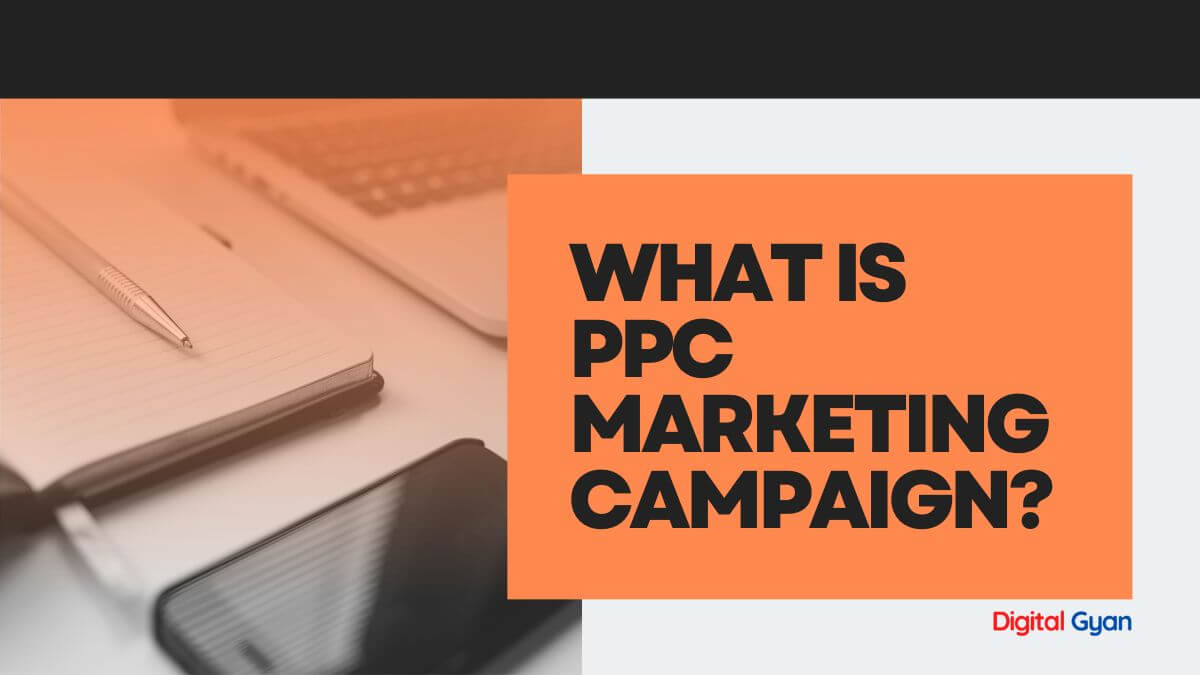Differences Between PPC, PPV, CPV, CPA, PPA
PPC, PPV, CPV, CPA and PPA are all terms that you most probably have come across in the world of digital marketing.
While they all fall under the umbrella of online advertising, it’s important to understand the differences between them in order to choose the right strategy for your business.
Here are the abbreviations in full:
PPC – Pay per Click
PPV – Pay per View
CPV – Cost per View
CPA – Cost per Action
PPA – Pay per Action
By plainly looking at the abbreviations, I bet any layman would distinguish between them. Anyway, let’s get going.
PPC – Pay per Click
Pay-per-click advertising is a form of online advertising based on the principle that internet users are driven by an insatiable desire to spend money. Because you only pay for each user that clicks on your link, you can offer the lowest cost per click advertising possible.
If someone visits your website, they have probably come to it either because they are looking for your products or services or as an alternative to your competitors. If they haven’t already decided which option they want, your website will help them do this. So you need to ensure it’s easy to use and gives a good first impression.
If you’ve come to the site for the first time or if the user is using a different browser, the PPC campaign will show up, just as if they had clicked on it. The advertiser pays only when their ad is clicked on. It is a good way of driving targeted traffic to a website and is highly recommended in online ads.
This way of advertising will pay for itself fairly quickly and can be a big cost-saving option for companies. With any other form of online advertising, such as banner ads, the advertiser pays for the number of times their ad is displayed on other sites, so they often need to pay for many adverts to reach the same number of people as PPC ads.
PPV – Pay per View
Pay-per-view (PPV) advertising is a popular model for advertisers looking to reach a specific audience. With PPV, an advertiser only pays when their ad is viewed by someone. This means that they are only paying for exposure to potential customers who have already expressed an interest in their product or service.
PPV ads can be targeted based on demographics, location, interests and more. This allows advertisers to create ads that are highly relevant to the viewer, increasing the chances of conversion. In addition, because PPV ads are typically placed on high-traffic websites or within mobile apps, they have the potential to reach a large audience quickly.
One of the main advantages of PPV advertising is its cost-effectiveness. Because advertisers only pay when their ad is shown, they can control their budget more effectively than with other forms of advertising, such as TV or radio commercials.
CPA – Cost per Action
In this model, advertisers only pay when an action is completed by the user, such as a purchase or filling out a form. This ensures that advertisers only pay for actual results rather than just clicks and impressions.
CPA offers several benefits to both advertisers and publishers. For advertisers, it provides a more cost-effective way to reach their target audience as they are only paying for actual conversions. Publishers also benefit as they are incentivized to offer high-quality traffic that leads to conversions, which can increase their revenue.
However, there are some drawbacks to using CPA as well. It can be difficult for new businesses with little data on customer behavior to accurately predict conversion rates and set bids accordingly.
CPV – Cost per View
CPV, or cost per view, is a digital advertising metric that measures the cost an advertiser pays for each view of their ad. It is commonly used in video advertising on platforms such as YouTube and Facebook. CPV pricing models are based on views rather than clicks or impressions and vary depending on the platform used.
In a CPV model, advertisers only pay when someone watches their ad through at least 30 seconds (or whichever comes first). This means that advertisers guarantee that their message is seen by viewers interested in what they have to say. Furthermore, because the viewer has actively chosen to watch the advertisement, they are more likely to be engaged with it and take action after viewing it.
Despite its advantages, CPV can be more expensive than other forms of advertising because it requires a higher level of engagement from viewers.
PPA – Pay per Action
Pay per Action (PPA) is a type of online advertising model that has been gaining popularity in recent years. Unlike the traditional pay-per-click or impression models, PPA only charges advertisers when a specific action is completed by users. This can include filling out a form, downloading an app, or making a purchase on the advertiser’s website.
The benefit of PPA for advertisers is that they only pay for results and not just clicks or views. This means their advertising budget can be used more efficiently to drive conversions and ultimately increase revenue. For publishers, PPA also allows them to earn higher commissions as they are incentivized to promote products or services that generate sales rather than just clicks.
PPA also offers better measurement and tracking capabilities compared to traditional models. Advertisers can track the performance of their campaigns in real time and optimize accordingly based on the data collected.

